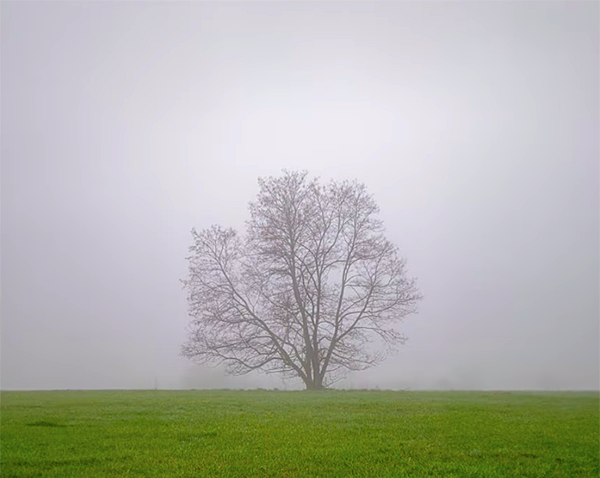MINIMALISM: The Key to Clutter-Free Wildlife & Landscape Photos (VIDEO)
One challenge with landscape and other forms of outdoor photography is composing complicated scenes and understanding which elements to include in the frame and those that should be eliminated. There’s a solution that works wonders for simplifying your images and it’s known as minimalism.
This is a unique style of outdoor photography that’s growing in popularity and delivers images with a clean eye-catching look. If you’re interested in learning more about this impactful technique, the quick video below is for you.
Instructor James Vooght is a professional landscape photographer who posts weekly tutorials intended to help other shooters up their game. In today’s six-minute episode he describes the fundamentals of minimalism, with tips on composition and other important considerations. By following his straightforward advice you’ll be well on the way to creating a new style of your own.

Vooght defines minimalism like this: “It’s a form of photography that’s distinguished by simplicity, emphasizing sparseness and careful composition.” He begins the lesson by breaking the rule that plain blue skies are detrimental to compelling landscape photos. As you’ll see, these “bluebird skies” can be an important element for shooting clean, simple images.
He explains how to go about a careful “edge patrol” looking for distracting elements to exclude from the frame. This can be thought of as addition by subtraction, or as Vooght says, “the more you pull out, the better your photos will be.”
One key to this approach is the proper use of negative space. This concept involves composing a scene so that there are no adjacent objects surrounding the focal point of your shot. Negative space can be represented by the aforementioned plain sky, a field in a landscape shot that’s all one color, or any other element that’s devoid of distracting detail.

This technique is particularly useful for landscape and wildlife photography as a means of making your main subject really stand out. It can also be used for architectural photos, environmental portraits, and other outdoor scenes.
Vooght demonstrates how to use contrasting colors, lines, patterns and other such elements to create images with a compelling minimalist look. He suggests giving this a try during a “non-optimal” time, like a foggy day, when there are no features in the background of a scene, and on days with plain blue skies that most photographers avoid.
He has several other tips for capturing images that owe their impact to the concept that less in more. So give this a try and you’ll like what you see. There are more tips and tricks on Vooght’s popular YouTube channel, so be sure to take a look.
And don’t miss the tutorial we posted earlier with a video you need to watch before buying a new camera for outdoor photography.





